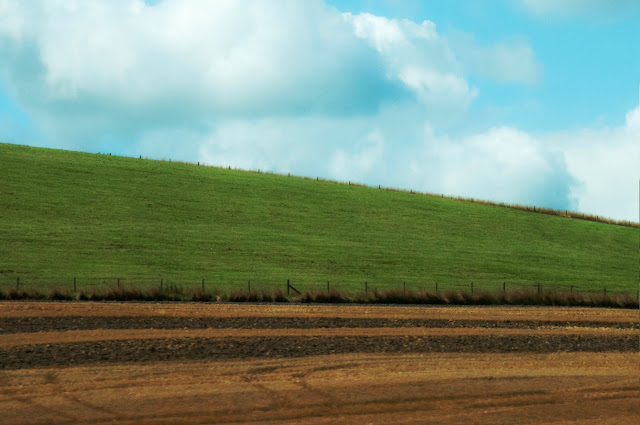 |
| American Bus Stop III: No Lemming Left Behind (M.A. Reilly, 2009) |
The word “pioneer” betrays a disturbing willingness to repeat the worst mistake of the pioneers of the American West—the mistake of considering an inhabited place uninhabited (p. 159).
Biss, Eula (2011-03-01). Notes from No Man's Land: American Essays. Graywolf Press.
I.
I sometimes think we must have forgotten that schools are inhabited places. There are bodies there. Ones that embody dreams, hopes, quiet fears, small and large talents, silence.
Schools are lived places. Messy like that.
 |
| Waiting (M.A. Reilly, 2010) |
II.
With a keen, relentless drive to do good, and for some, to profit--school reformers have displaced the bodies of children, teachers, staff, and administrators. More and more the story of education is about them.
The kids are the new disappeared and in their wake the burgeoning bags of the next best thing remains. They have been displaced by best practices, roots and wings, TFA, extended school years, standards-based curriculum, tests and more tests, and most recently anything with the phrase,
common core, attached.
One can hardly breathe given the crowd.
 |
| Intersection (M.A. Reilly, 2013) |
III.
Reform is a fenced field. Some of it barbed, some too elegant to forget. And all of it is contained. We begin to die the day we are not permitted to act, to create--the day when we forget to remember. It's like that scene in
O Pioneers!, when Carl Linstrum tells Alexandra Bergsons:
All we have ever managed to do is to pay our rent, that exorbitant rent that one has to pay for a few square feet of space near the heart of things.
























































